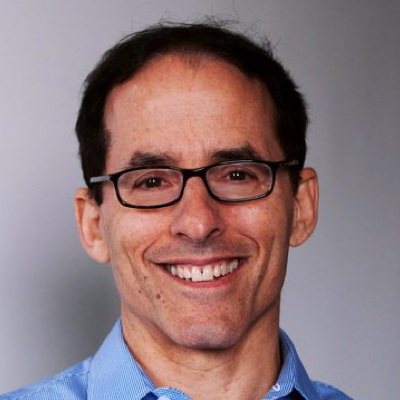November 01, 2002
Mark Weisbrot
Los Angeles Times, November 1, 2002
Last Sunday’s election in Brazil should send a message to Washington’s economists and policymakers that their prescriptions for economic progress are no longer viable. But these people are slow learners.
The conventional wisdom among economists is that Brazil faces a grave danger: that the Workers’ Party government of the victorious Luiz Inacio Lula da Silva might deviate from the orthodox economic policies of the past, causing a financial and economic disaster.
Most of the financial news reporting in the near future will center on whether Lula can gain the trust of the financial markets by convincing them that he will continue the economic policies of his predecessor.
But this stands the world on its head. It is the current set of economic policies that have directly caused Brazil’s current problems.
Over the last eight years of the administration of Fernando Henrique Cardoso, Brazil’s public debt swelled from 29% to more than 62% of gross domestic product. This is mostly because of very high interest rates: The average after-inflation rate of interest on the public debt has been more than 16% annually. This rate of debt accumulation is not sustainable; either interest rates will have to come down or the government will have to renegotiate its debt.
But the economists of the International Monetary Fund, who came through in September with a $30-billion loan package, have not offered assistance for either strategy. Instead, they have used this loan to try to lock Brazil into the same high-interest-rate, budget-austerity, low-growth policies of the past. The short-term rate set by Brazil’s Central Bank is 21%, one of the highest in the world.
Imagine if our own Federal Reserve set interest rates that high instead of the current 1.75%; nobody would be able to afford a home mortgage loan.
Brazil used to have one of the fastest-growing economies in the world: From 1960 to 1980, its income per person grew by 141%. Since 1980 it has hardly grown at all. Over the last eight years, income per person has grown about a modest 1.3% annually, and the economy has accumulated a high level of foreign debt in addition to the public debt buildup. The $100 billion in privatizations over the last eight years have not seemed to help Brazil with its debt or with economic growth.
What is true for the Brazilian economy also is true for the Latin American region as a whole.
It is one thing for a regional economy to undergo a cyclical downturn; it is quite rare, in modern economic history, for the average person to be no better off — and, given changes in Latin America’s distribution of income and wealth, probably worse off — than he was two decades earlier.
One would think that a prolonged economic failure of this magnitude might cause its architects to reconsider their policy prescriptions. There could be a healthy debate about what has gone wrong and what policies need to be changed. Yet there has been very little of that within the IMF, which is the leader among policymaking institutions, or within the economics profession.
Rather, the great fear among economists, echoed on Wall Street and in most of the media, is that Brazil and Latin America will abandon the “free-market” policies adopted over the last 20 years, including the proposed Free Trade Area of the Americas.
In 1932, during the Great Depression, the American electorate overrode the business community and the economics profession by choosing Franklin D. Roosevelt as president. The Brazilians now have demanded a New Deal for their own country of 175 million people. Other countries are likely to follow.
The IMF and the U.S. government should step back and not interfere rather than try to defend the economic orthodoxy that has put Brazil into its two-decade-long slump.






